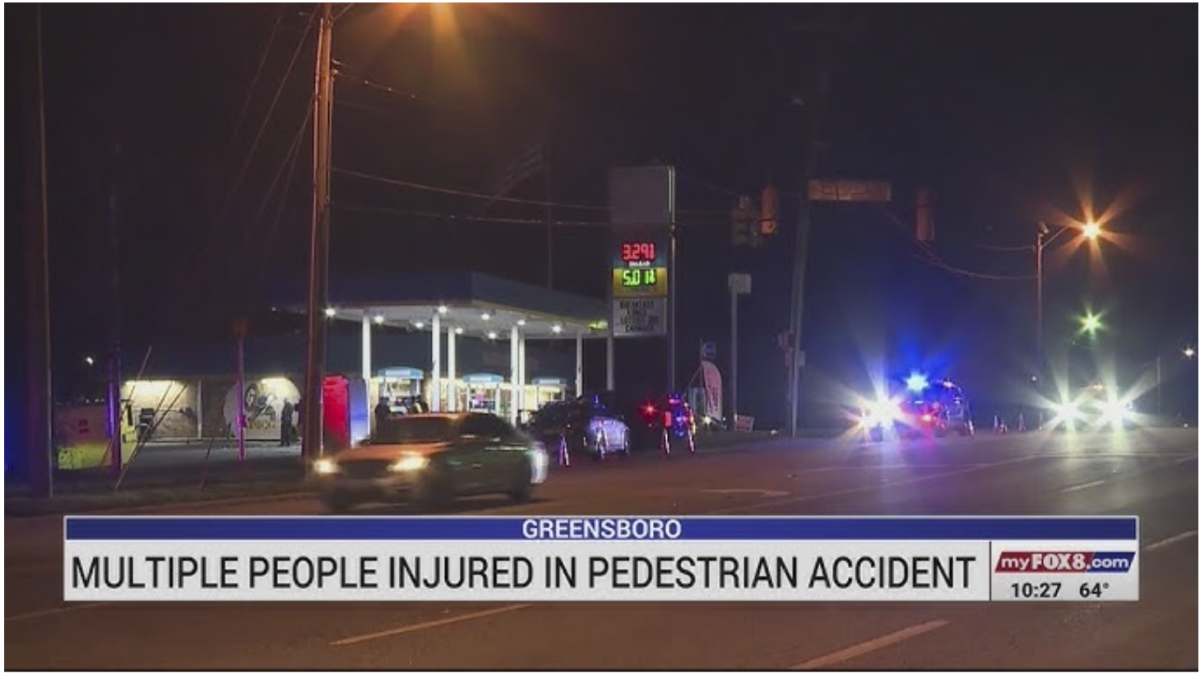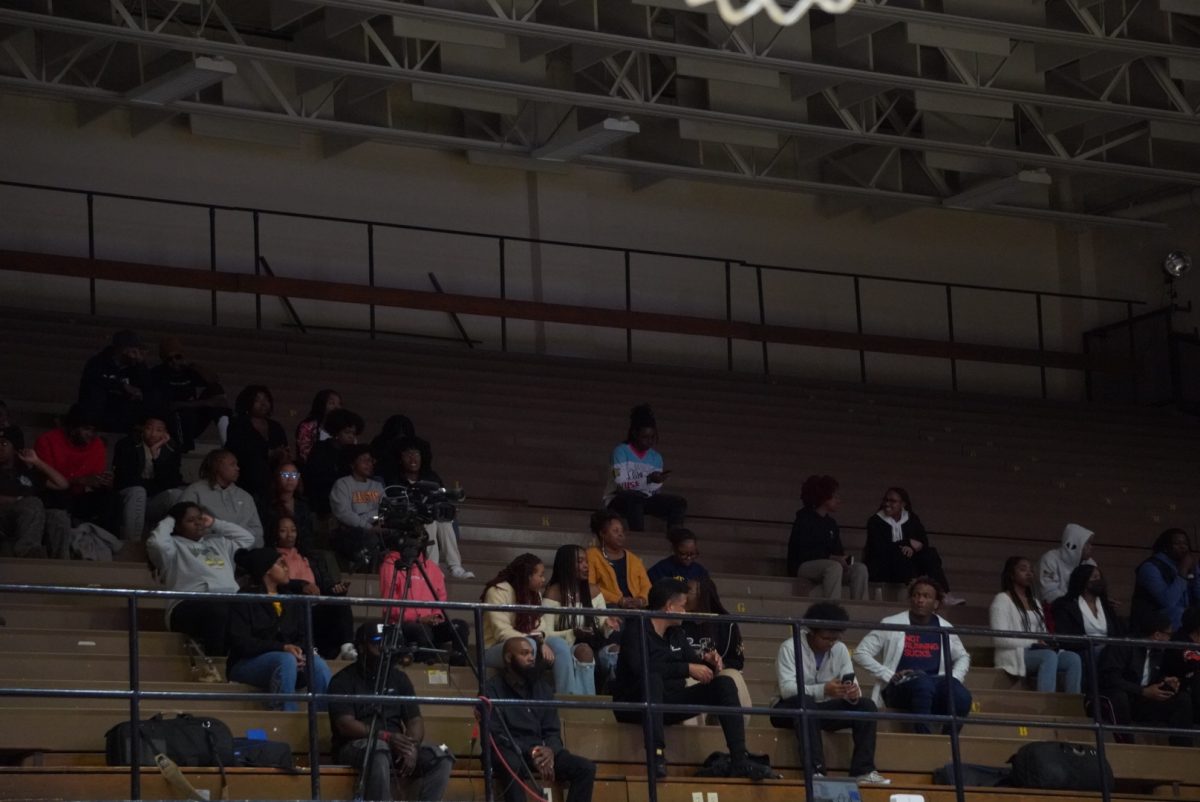By Alexis Wray, Register Contributor
Turmoil, confusion, misfortunes, policies, and labels are all subject to bring about a united people who stand together despite adversity to seek the change they want to see in the world. Most of us would call these individuals protesters, but I call them revolutionaries.
The First Amendment of the Constitution states “the right of the people peaceably to assemble and to petition the government for a redress of grievances.” The Constitution established this portion of the First Amendment to ensure that we, the people, have a voice in democratic affairs with the ability to make changes in our own legislation. Since the Constitution and the First Amendment was initiated back in 1787, the American people have witnessed protest after protest. Some gather to protest for progressive ideas while others may advocate for discriminatory practices, but after each peaceful protest I always find myself asking the same question: It’s already over?
Once a march has begun, I feel as though there is no time limit on the length of the protest, but I often want to see a continuation of the faithful protesters, in hopes for more modifications in their cause. Nonetheless, I’ve grown accustomed to watching as the individuals who gathered for a common cause disperse and neglect problems they still face and other problems similar to their own.
In many cases, I have seen protests end abruptly due to their lack of permits. If the march is planned to happen on a public sidewalk or on public property, paid for by our tax dollars, it is available for marching purposes. On the other hand, I have witnessed protests occur on main
highways or streets where traffic is formed, this particular protest is usually illegal if a permit from the specific county has not been issued. A prime example of not having a permit occurred in 2016, when Atlanta residents decided to march on one of the main highways, for the ‘Black Lives Matter’ movement.
Protests also seem to end quickly due to the people marching being discouraged that the change they seek will never happen. When I consider movements like this ending before they really get a chance to begin, they typically include movements about gender and minorities. These protests usually reignite only when a particular incident has transpired to build up enough concern to take action for what they stand for. Marches of this magnitude are similar to the ‘Women’s March.’ Once President Donald Trump referred to women as pigs, and many truths came out about his sexual harassment toward women, the ‘Women’s March’ ignited and is still very relevant.
The most common end to a protest – we often witness on mass media outlets such as CNN and MSNBC – involves violence. Some of the most powerful and meaningful protests resulted in violence, which often led to massive rioting. It is discouraging to see we, the people, become so enraged and passionate about injustice to the point where we run through streets like savages, wanting everything in our path to feel our pain ignited by fear.
All peaceful movements eventually die out and become irrelevant, with or without significant changes being made; however, it still presents us with a chance to dissent and inform our government, through protest, about how we are receiving the laws and policies they implement. We have the freedom of speech, so it is our duty to make use of it.
Alexis Wray
Instagram: wray_alexis
Twitter: AlexisWray_






